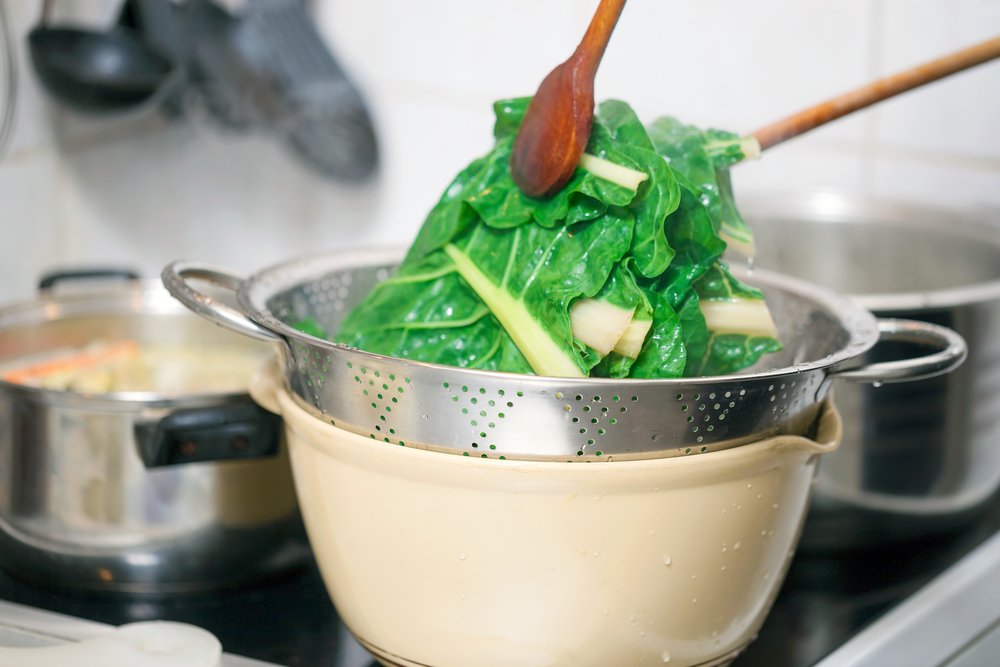
How to Blanch – from a Chef
Every chef who’s been through culinary school, or who at least has survived for any amount of time in a serious kitchen has learned the rules of big pot blanching. They’ve been beaten into students as part of the sacred laws of cooking, but are they really necessary? Today we fling culinary edicts to the wind and attempt the unthinkable. We’re introducing chaos where there was once order and questioning a culinary convention that has been in place since before Escoffier.
Why We Blanch
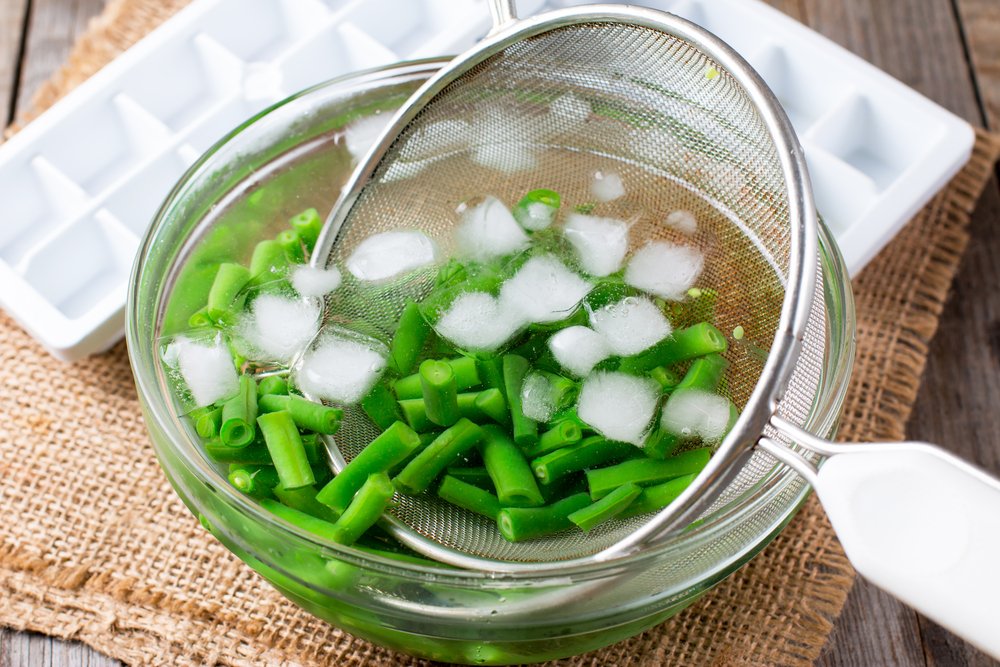
Blanching is a very useful technique, especially in the spring when we are surrounded by an abundance of fresh young produce. Blanching does two things:
- ) After vegetables have been harvested their intrinsic sugars begin to transform into starches. If this is allowed to go on unchecked for too long you are left with leaves that are withered and dull, and vegetables that begin to slump and wilt. Blanching counteracts this by effectively freezing those vegetables in time. A quick dip into boiling water locks in and enhances their natural color improving their eating quality for several days.
- Secondly, blanching saves restaurants time. This brief encounter with boiling water makes sautéing or grilling vegetables much faster when an order comes in.
The Three Dictums of Big Pot Blanching
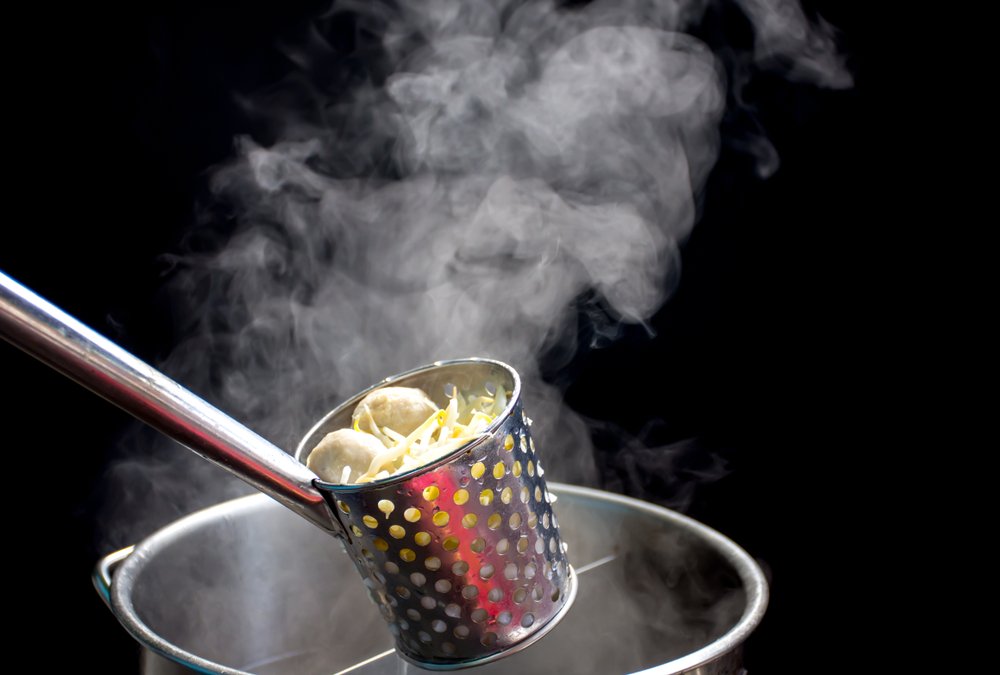
Every chef has his own way of doing things, but there are certain fundamental guiding lights that we all follow.
For big pot blanching, they are as follows:
Lots of Water Relative to Vegetables
The reason we are told to use a lot of water is based on the belief that the vegetables suffer if the water temperature drops too much for too long. Therefore if there is a lot of boiling water the dip in temperature will be minor and heat recovery is much faster.
Salt the Water
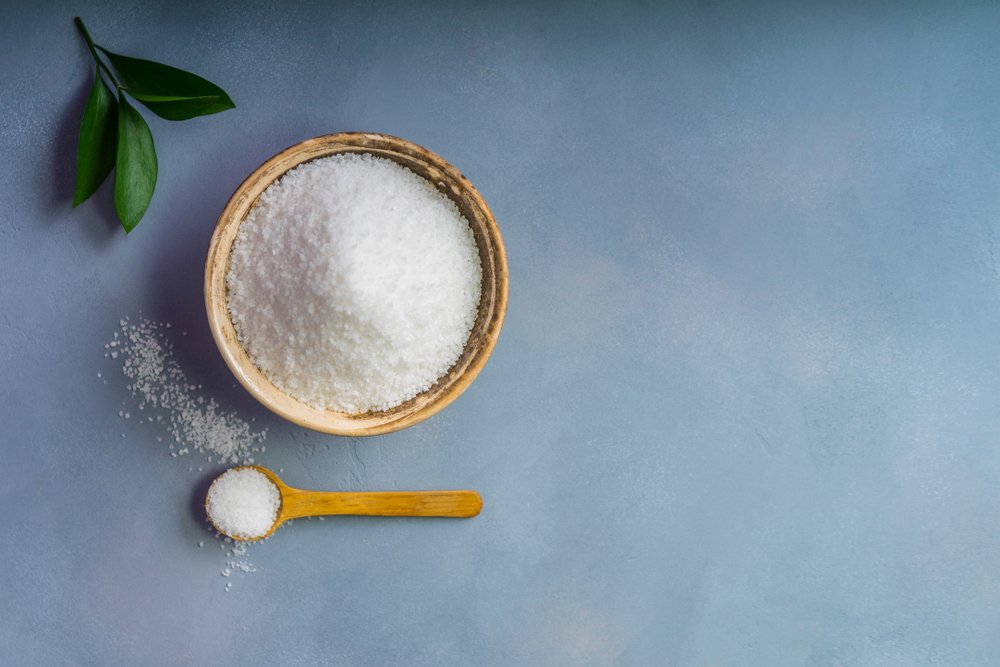
We are told to salt the water for two reasons:
- To season the produce.
- It is thought that if the water is well salted, fewer of the vegetables’ natural salts and sugars will be lost during the blanching process.
Use an Ice Bath
As soon as the vegetables are done being blanched we are told to shock them in an ice bath to prevent any further cooking. So is it true? Must we really bring massive amounts of salted water to a boil, or could we potentially useless? Must we make an ice bath to shock our vegetables or is there an alternative? We put all three of these rules through a series of tests and the results were rather shocking.
A Lot or a Little
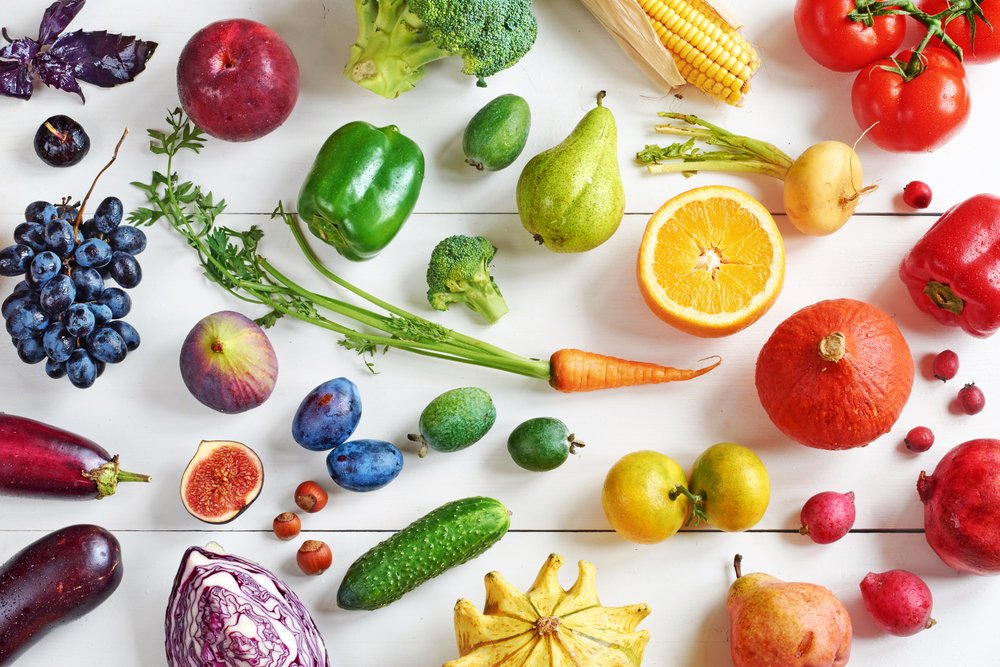
We tested the water rule by bringing two pots, both a large one and a much smaller one, to a boil simultaneously. When the water had reached a rolling boil we dropped asparagus into each. Both pots lost their boil immediately, but the smaller pot containing less water actually regained a boil much more quickly.
Even though the smaller pot may have had a larger dip in temperature at first, it still takes the same amount of energy to bring the water in both pots back to a boil. So a larger amount of water with more surface area where heat can escape actually takes much longer to rebound. Moral of the story- go small: takes less time to heat up, recovers more quickly and wastes a lot less water.
Must we Salt?
Again we prepared two pots this time both small after our initial test. In one pot we heavily salted the water (about 3% salt) as the rule dictates. In the other, we left the salt out all together. After they had been blanched and shocked in the ice bath we tasted them. The difference was almost non-existent, only one of our testers picked up on the subtle flavor imparted by the salt, the rest couldn’t tell the difference between the two. This may have been in part because the ice bath had rinsed away some of the salt from the vegetables. In retrospect, perhaps it’s more important to salt the ice bath than the water in your pot but we did not test that. Either way salting your water seems totally unnecessary.
The Ice Bath
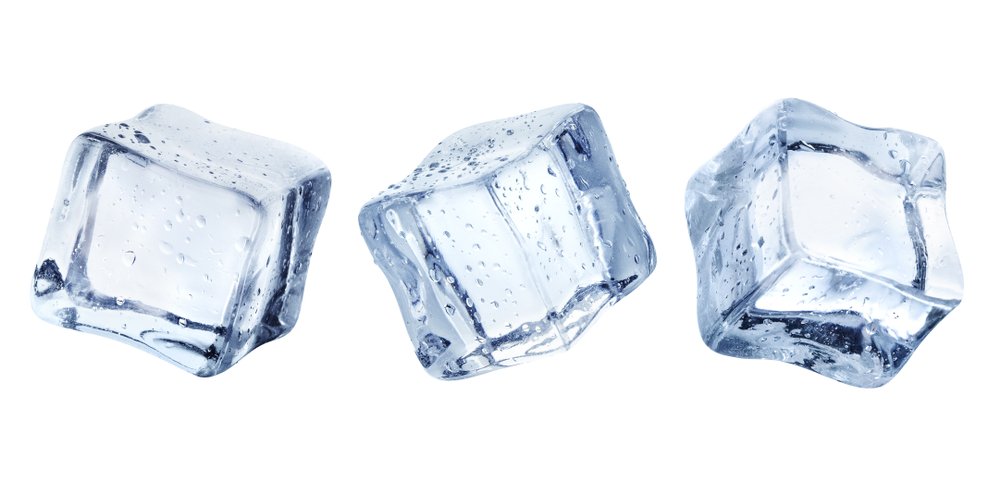
The last and most tedious task involved in blanching
The Takeaway
The rules of big pot blanching, which once seemed so immutable, have shrunk considerably in my esteem since our series of tests. It would seem that the only rule that withstood our tests was that of the icebath. In the future we recommend chefs concentrate on pulling the vegetables out at the right time rather than having enough salted water in the pot.


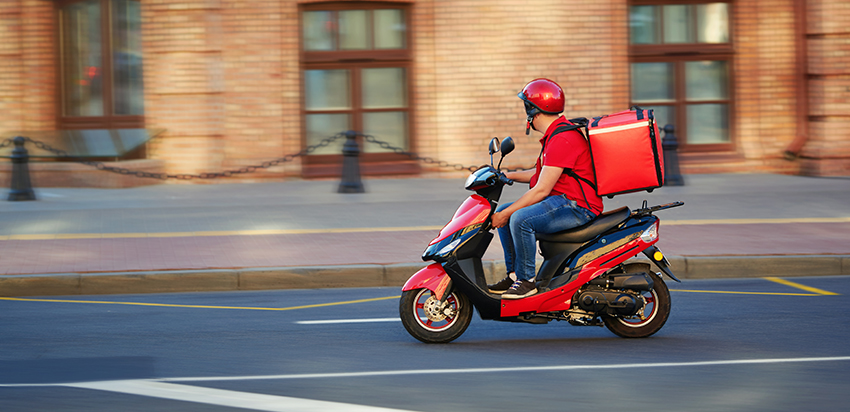

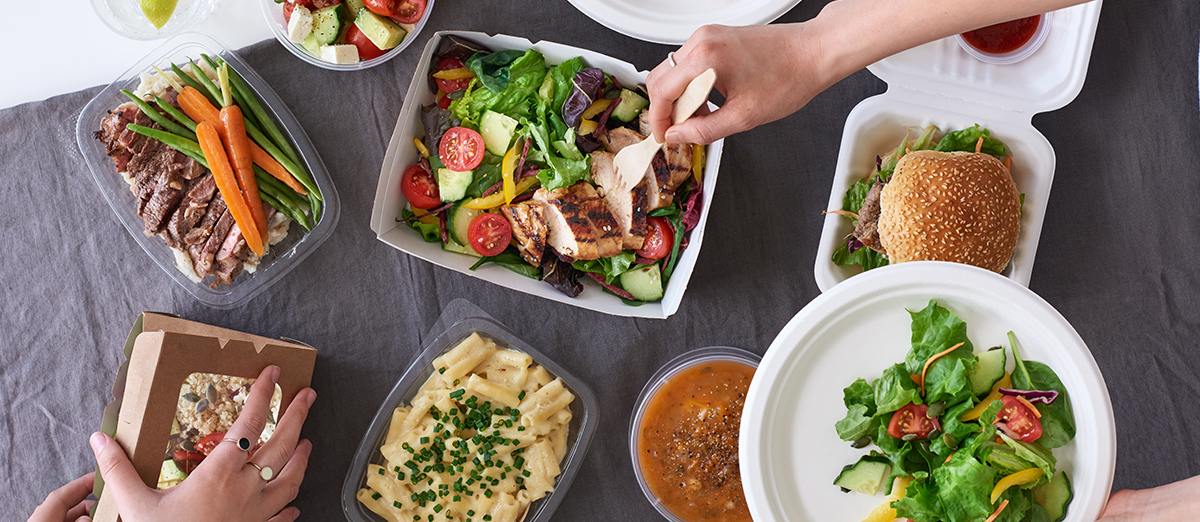

Write a Comment